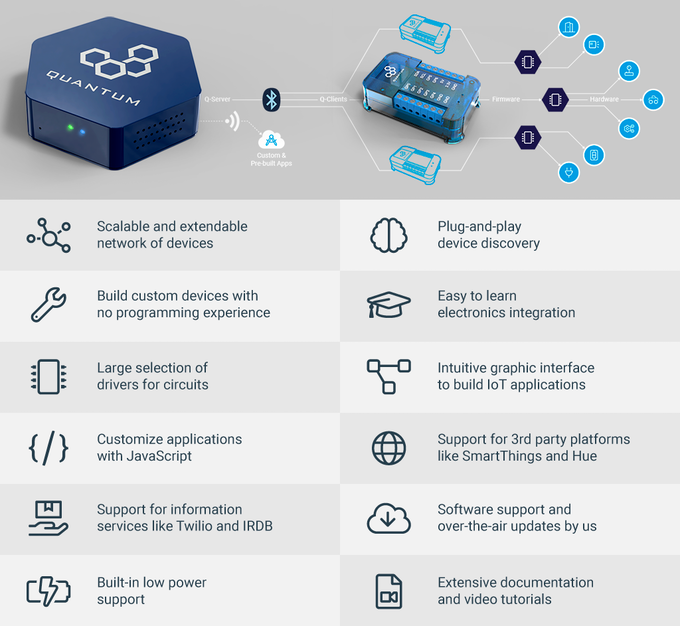
RPCs are a form of inter-process communication (IPC), in that different processes have different address spaces: if on the same host machine, they have distinct virtual address spaces, even though the physical address space is the same while if they are on different hosts, the physical address space is different. Remote calls are usually orders of magnitude slower and less reliable than local calls, so distinguishing them is important. The RPC model implies a level of location transparency, namely that calling procedures is largely the same whether it is local or remote, but usually they are not identical, so local calls can be distinguished from remote calls. In the object-oriented programming paradigm, RPC calls are represented by remote method invocation (RMI). This is a form of client–server interaction (caller is client, executor is server), typically implemented via a request–response message-passing system. That is, the programmer writes essentially the same code whether the subroutine is local to the executing program, or remote. In distributed computing, a remote procedure call ( RPC) is when a computer program causes a procedure (subroutine) to execute in a different address space (commonly on another computer on a shared network), which is coded as if it were a normal (local) procedure call, without the programmer explicitly coding the details for the remote interaction. Remote Desktop Services (RDS) is built into Windows operating systems and allows data to exist in a central location, simplifying management for systems administrators. With Windows Server 2008 R2, RDS replaced Terminal Services as Microsoft's thin-client technology, enabling users to access desktops virtually. See more of Simlock Remote Server on Facebook.




Unlock Samsung by cable & Samsung unlock code services world wide. Client computers provide an interface to allow a computer user to request services of the server and to display the results the server returns.


 0 kommentar(er)
0 kommentar(er)
